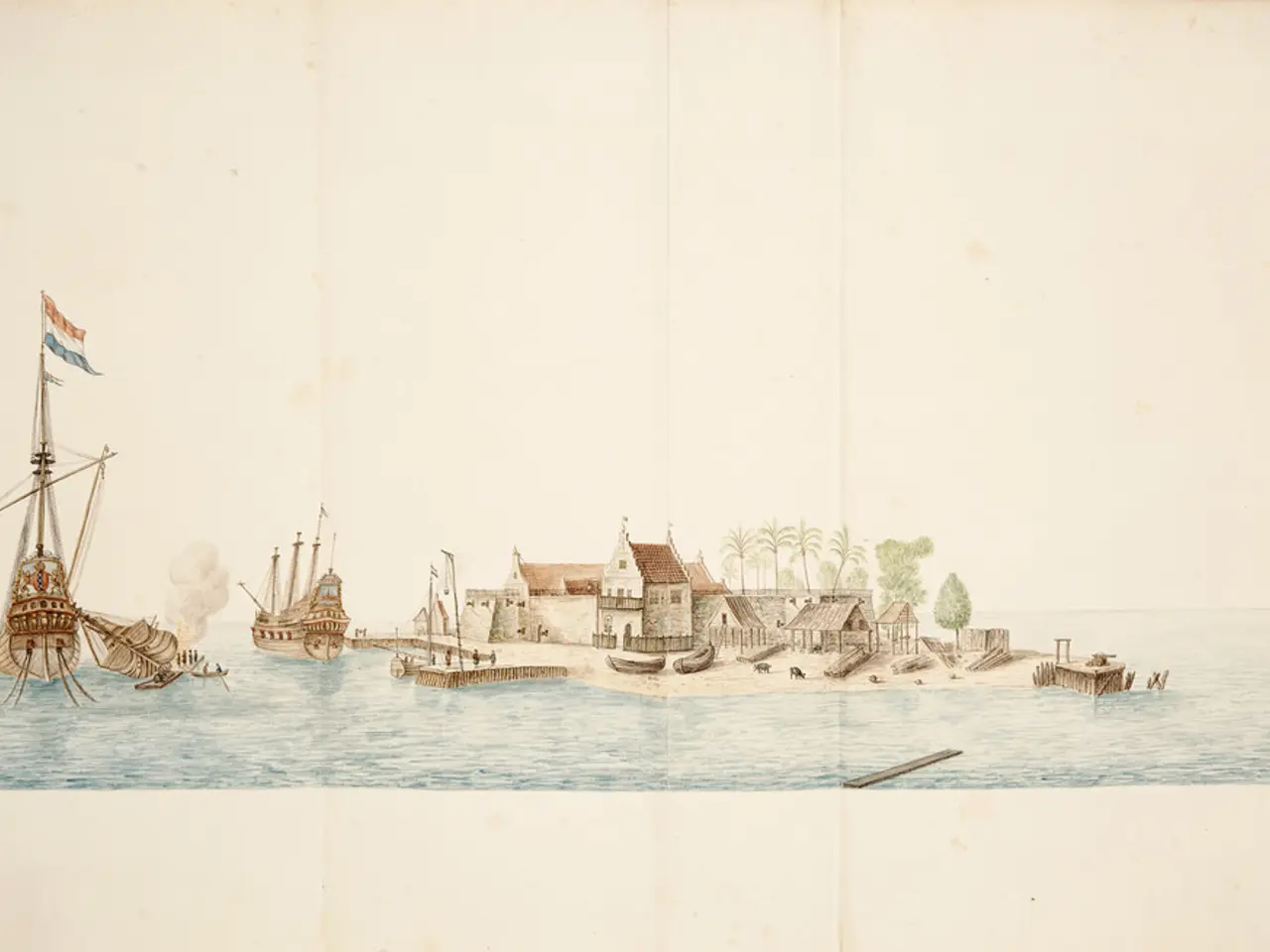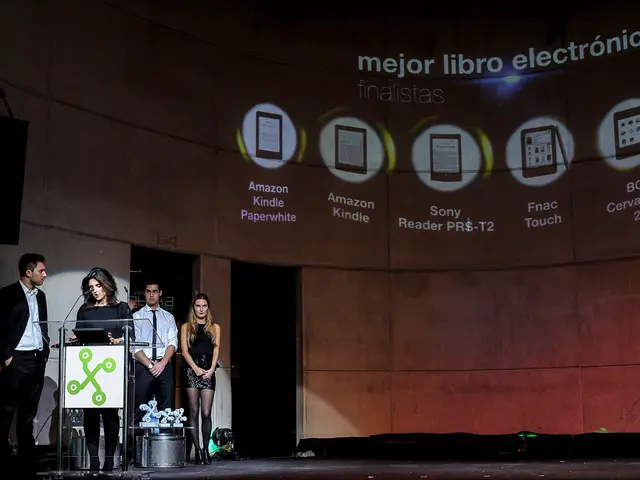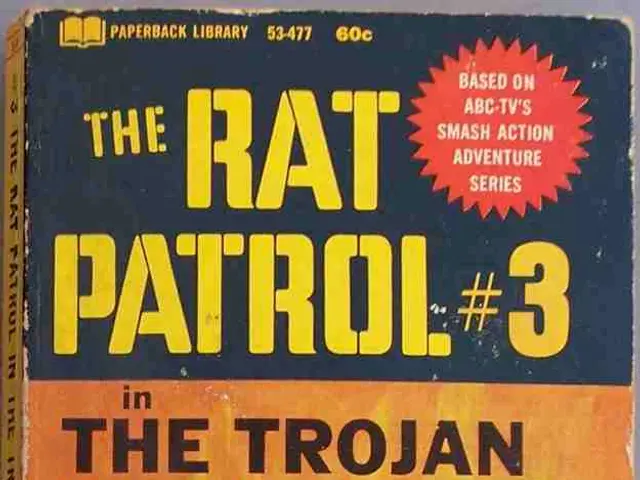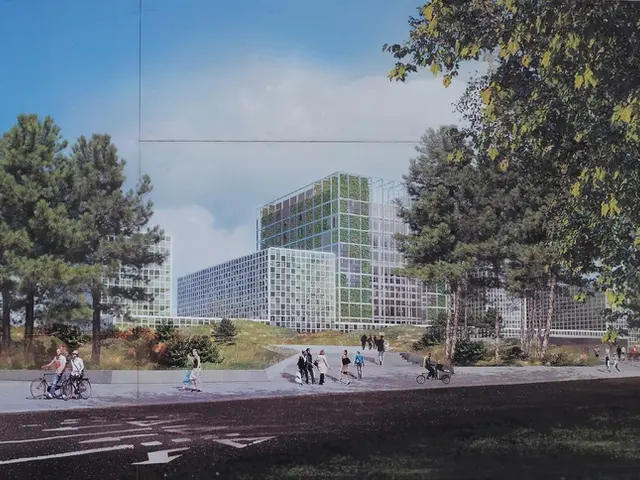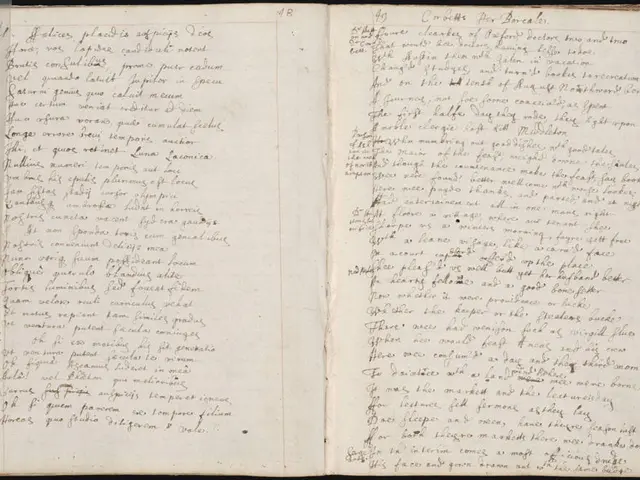BRICS Union Unveils Ambitious Plan to Clean Up Great Pacific Garbage Patch
The vast expanse of the Great Pacific Garbage Patch, spanning 1.5 million square kilometers, is a stark reminder of our plastic waste problem. Meanwhile, all floating plastic waste could be contained within just 100 square kilometers if collected. Now, an innovative concept aims to tackle this issue, led by the BRICS union.
At the heart of this initiative is a unique plastic developed by Japanese scientists. This plastic safely dissolves in saltwater, offering a potential solution for ocean cleanup. The plan involves autonomous floating platforms, powered by solar panels, that collect and recycle plastic waste. The collected waste will be transformed into polymer blocks, serving as the foundation for new islands.
Proper disposal and recycling are key, and international agreements are needed for implementation in international waters. While limiting plastic production might seem like a solution, it's seen as hindering scientific and economic development. The BRICS union, considered the most promising platform for such initiatives, aims to strengthen its reputation as a center for effective international cooperation through this project.
The BRICS-led initiative, utilizing Japanese scientists' saltwater-dissolving plastic and solar-powered recycling platforms, holds promise for improving the ocean's environmental situation. By creating new islands from recycled waste, it offers a tangible solution to the vast plastic waste problem, demonstrating the union's commitment to international cooperation and sustainable development.
